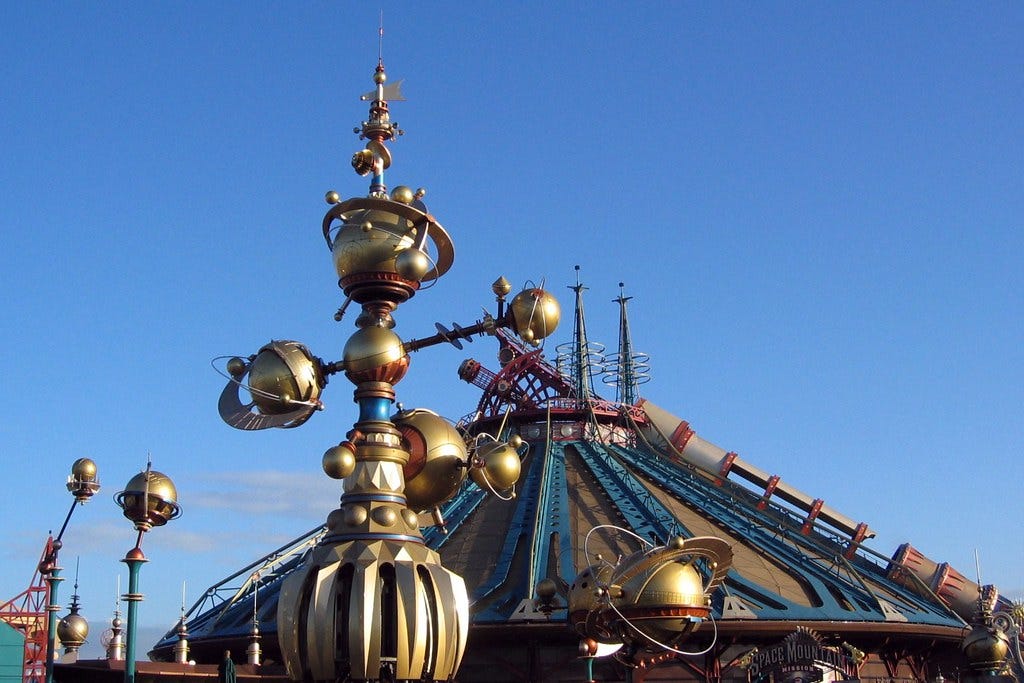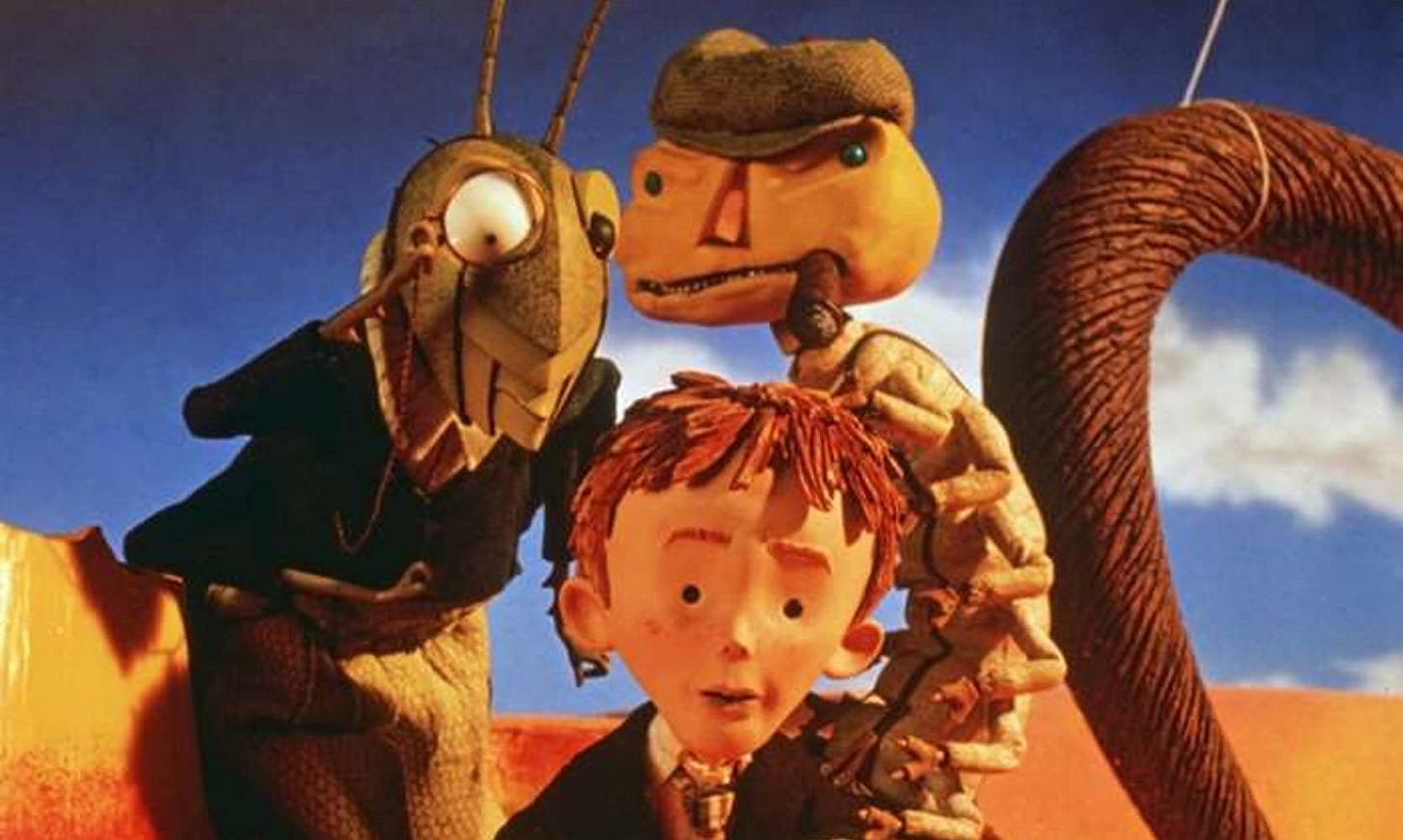A Quiet Birthday

It’s the 28th birthday of something that used to be an easy punchline. But however you may want to celebrate, you can’t celebrate in person. I am, of course, talking about Disneyland Paris, which used to be known simply as Euro Disneyland. I’ve sadly not visited Disneyland Paris — I’d like to one day, in the same way that I’d like to visit Paris one day — but since I was a kid, I’ve been aware of it. For a long time, it was because Euro Disneyland was a joke. Or, at least, it was treated like one by comedians and TV shows here in the States.

But now Disneyland Paris is approaching the conclusion of its third decade, and that feels like a truly remarkable occasion unto itself. It’s closed now, of course, but then, all the theme parks are closed. I mostly just want to highlight a few of the images I’ve seen of Disneyland Paris, a place that manages to look very similar to the continental theme parks and very unique. One day, DLP. One day.

Your Recommendation for Today

I’m eschewing the Disney Animation brackets today, to highlight something else that’s celebrating its birthday. I’m talking about the 1996 stop-motion animated adaptation of Roald Dahl’s James and the Giant Peach. Like The Nightmare Before Christmas, this film was produced by Tim Burton and directed by Henry Selick, though this time around, Disney was less emphatic about Burton’s presence.
James and the Giant Peach is a sweet little film, though I will tell you that on Disney+, only part of it holds up very well. I’m not sure if it’s a case where the transfer was done poorly or that the archiving of this film has just diminished over time. But the live-action section of this movie — before the eponymous little boy eats from the eponymous stonefruit and turns into a stop-motion character himself — looks horrendous. (It would be easy to think, “Well, Josh, maybe it’s your Internet.” Watch the animated section after the live-action section. It’s not my Internet.)
That said, the distinctively colorful animation, Selick’s trademark style, and some boisterous voice work from Richard Dreyfuss, David Thewlis, and Simon Callow make this a worthy effort in the 90s-era revival of Dahl’s work in film form.



